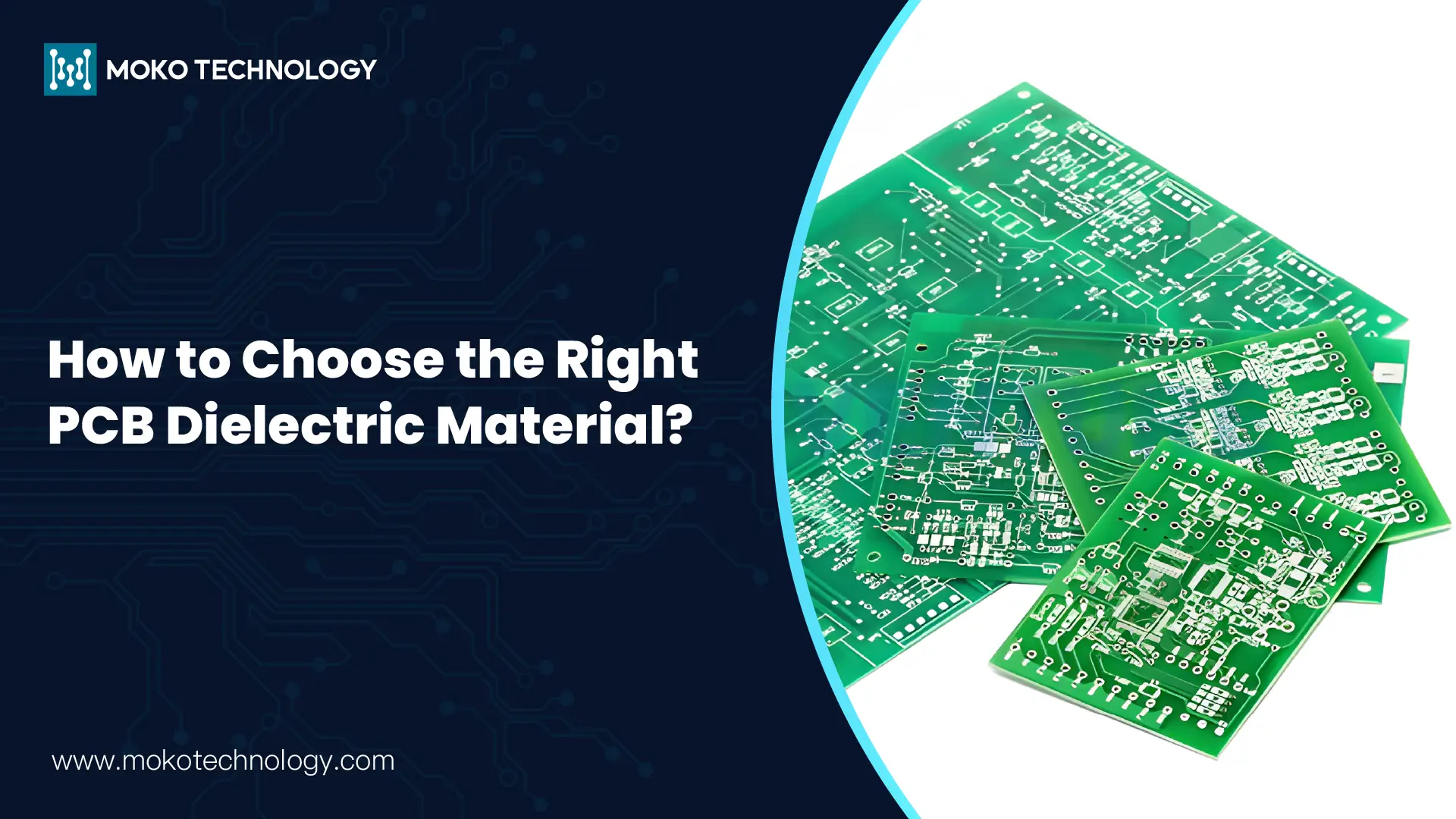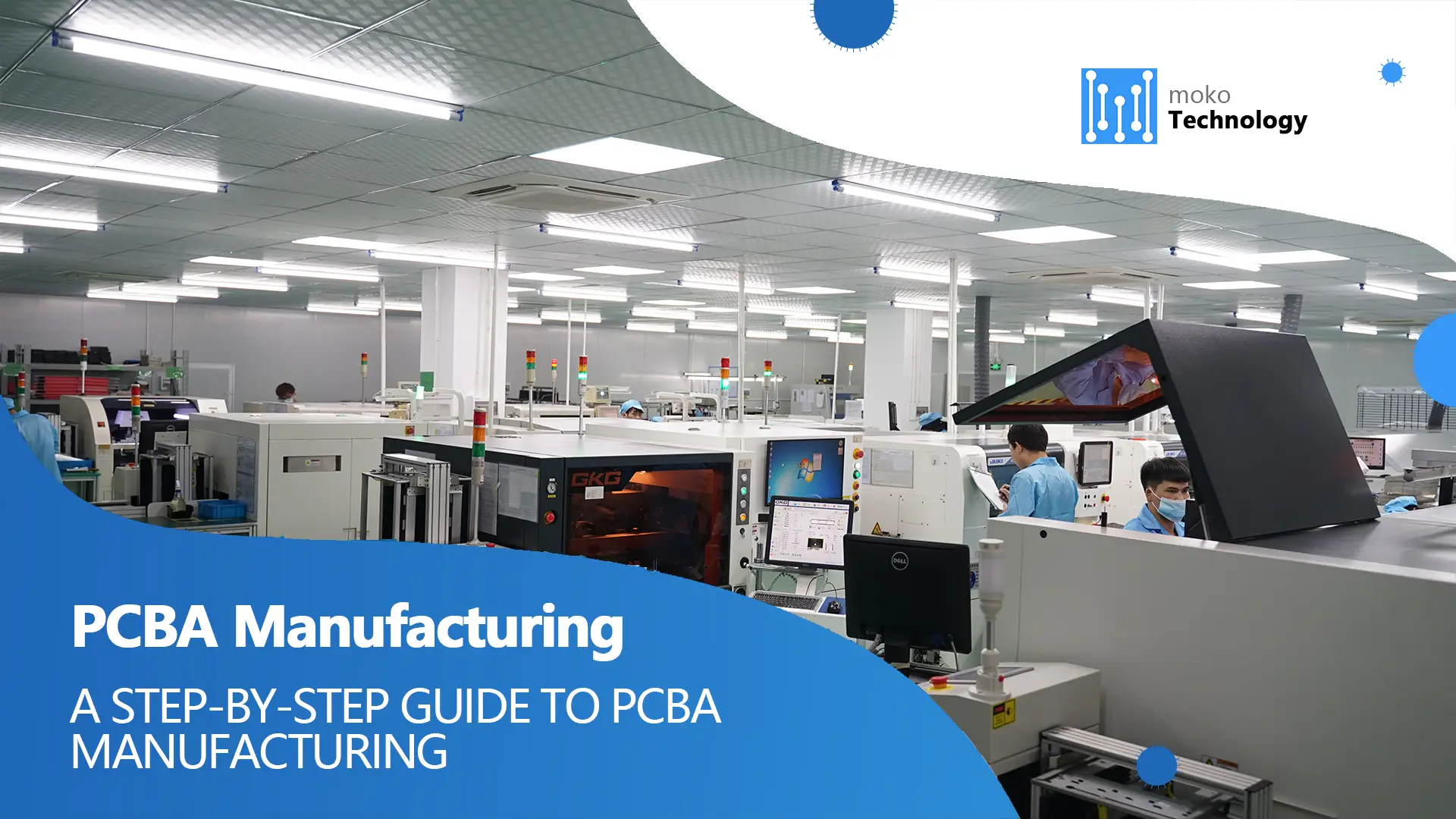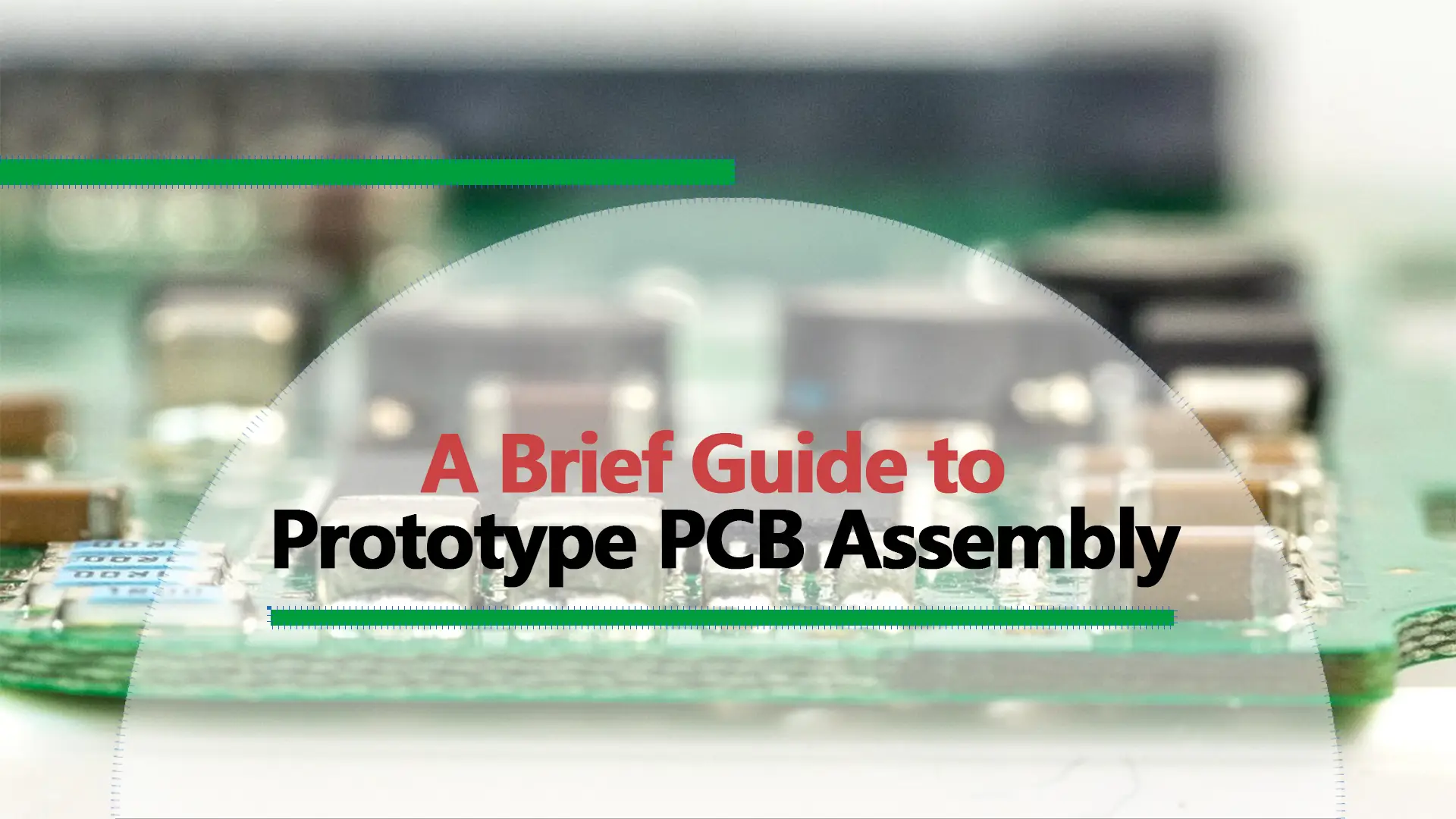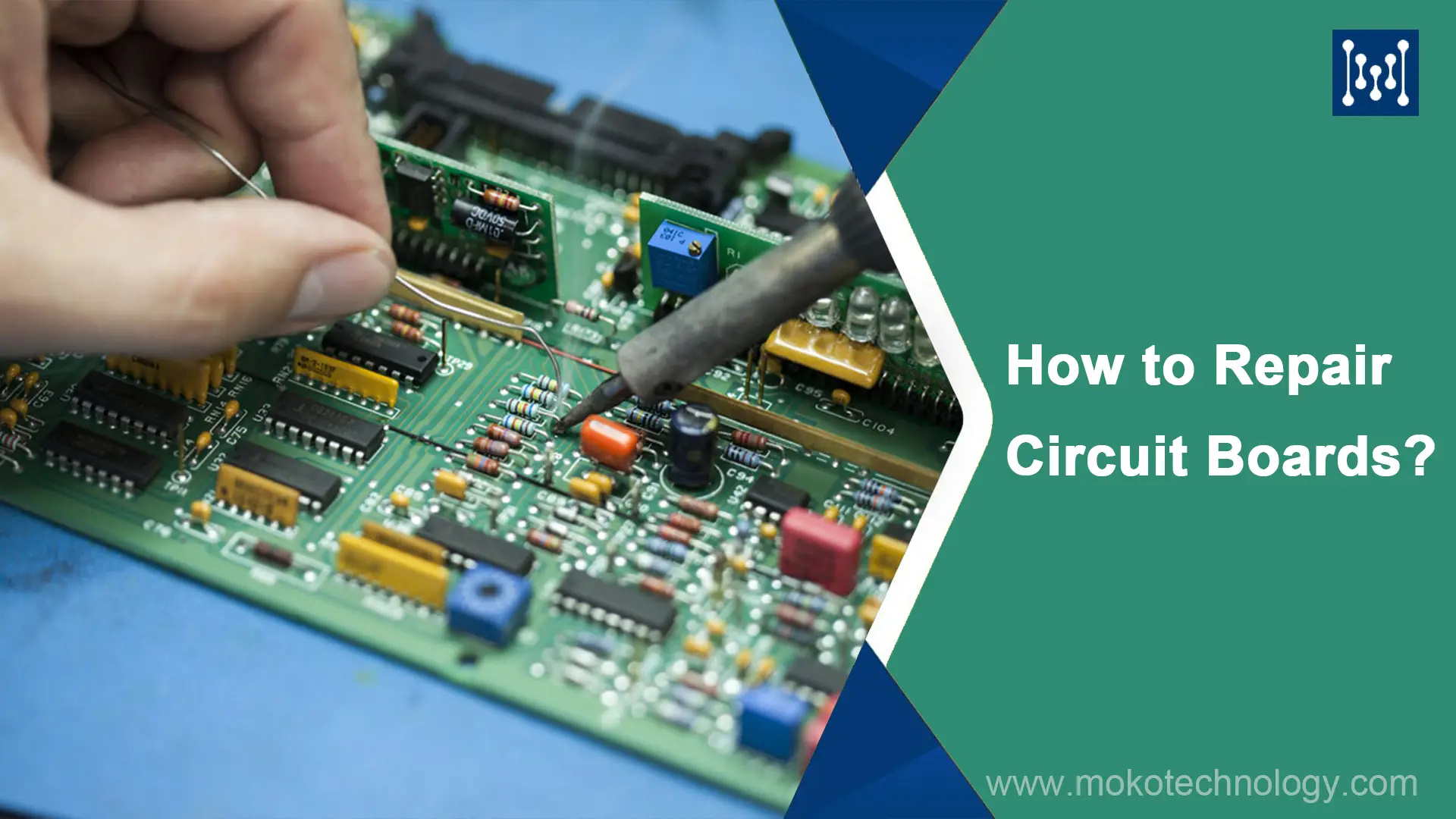PCB 誘電体材料とは、本質的に非導電性の材料を指します, プリント基板の形成において非常に重要です. これらの材料は、絶縁体としてだけでなく、導電層間の障壁としても機能し、直接接続を避け、信号をクリアに保ちます。. 統合レベルが上がるにつれて, プリント基板に使用される誘電体材料の決定は、重要な用途で満足のいく性能を達成するために非常に重要です。. このブログでは, について話し合います 4 一般的に使用される PCB 誘電体材料と、最適なものを選択する方法に関するアドバイス. その定義から始めましょう.
誘電体材料とは?
誘電体は、導電性を持たず、電荷を保持し、材料内への電荷の流れを防ぐ能力のある材料です。. これらの材料を区別する 2 つの特性: 一つは誘電率です, これは、材料が電気エネルギーをどれだけうまく蓄え、伝達できるかを示します。. もう一つは 散逸率, 材料が電気エネルギーをどれだけ蓄えることができるかを測定します。. PCB の誘電体材料は、短絡や信号干渉が発生しないように、導電性トレースと電気絶縁のための場所の間に使用されます。. 基板に使用されている誘電体材料により基板の静電容量が可能になり、これは高周波「高速」回路では不可欠です。. それらの値は電気的な影響を与えます。, 熱の, 誘電率を含む PCB の機械的性能, 熱伝導率, 材料の機械的強度と.
PCB 誘電体材料の種類
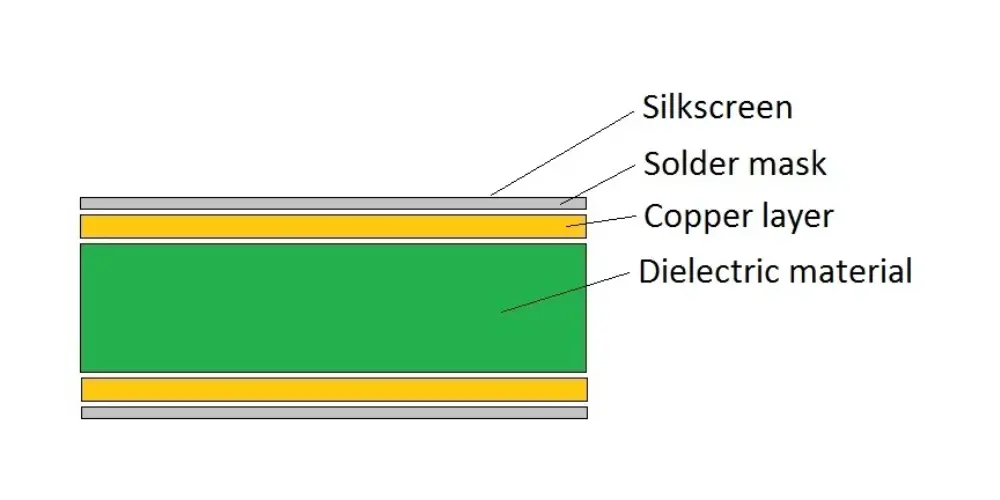
FR-4 (難燃剤 4)
FR-4 (難燃剤 4) 回路基板の製造に最も一般的な誘電材料の 1 つ. 強化ガラス繊維とエポキシ樹脂バインダーからなるFC複合材料です。. FR-4は優れた電気抵抗率を持っています, 機械的性質, そして耐火性, したがって、, 多くのアプリケーションで使用できます. それにもかかわらず、, fr4 は比誘電率が比較的高いため、高周波および高速システムでは用途がある程度制限されます。.
参考文献: FR4 の熱伝導率に関する包括的なガイド
CEM-1, CEM-2 および CEM-3
CEM-1, CEM-2, CEM-3 はセラミック充填複合誘電体材料です。, 高周波で広く使用されており、 高速PCB. これらの材料は FR-4 よりも誘電率と誘電正接が低いため、信号損失と信号劣化が少なくなります。. 優れた熱係数も示します, システム内で発生する熱の管理に役立ちます. しかしながら, これらの材料は通常高価であり、特殊な製造プロセスが必要です.
ポリテトラフルオロエチレン (PTFE)
ポリテトラフルオロエチレン (PTFE) 誘電率や誘電正接などの電気特性を備えたフッ素ポリマー材料です。. PTFE ポリマーで作られた誘電体材料は、高周波回路やマイクロ波信号伝送に最適です。, 化学的に攻撃的な環境および高温で使用される回路. しかしながら, 他の材料と比べてコストが高く、機械的特性が非常に制限される可能性があります。.
ポリイミド
ポリイミドは、熱安定性により高い動作温度のアプリケーションで使用できる PCB 誘電体材料です。, 吸湿能力が低い, 優れた誘電率. この種の材料は一般的に使用されます フレキシブル回路とリジッドフレックス回路 高温で使用する必要がある回路や、強力な化学薬品にさらされる回路にも使用できます。. しかしながら, そちらのほうが高価かも知れません, 場合によってはその処理がより複雑になることもあります.
PCB 誘電体材料を選択する際に考慮すべき特性
プリント基板の誘電体材料を選択する場合, 以下を考慮することが重要です 4 主要なプロパティ:
-
電気的特性
- 誘電率(DK)
これは、誘電率に基づいて材料がどれだけの電気エネルギーを保持できるかを示します. この特性は信号の速度とインピーダンスに影響します。; 高速アプリケーションでは低い DK 値が望ましい.
- 誘電正接(DF)
誘電損失は誘電正接によって決まります, DF 値が低いことを特徴とする数値は高周波の使用に適しています。. 信号の減衰とパフォーマンスの量に影響します.
- 絶縁耐力
電気的強度とは、材料が破壊する前に耐えることができる電気的ストレスの強度を指します。. これは高電圧アプリケーションにとって信頼性と安全性を確保するために非常に重要です。.
-
熱特性
- ガラス転移温度 (Tg)
これは、ポリマーが硬くてガラス状の状態から柔らかくゴム状の状態に変化する温度です。. 機械用途、特に高温で動作する用途向け, 高Tgの材料が使用される傾向にある.

- 熱膨張係数 (コート)
CTE は、温度変化に対する材料の膨張または収縮の程度を定義します。. もう 1 つの考慮事項は、継続使用または熱サイクル中の機械的ストレスや故障を最小限に抑えるために、使用する誘電体材料の CTE を銅の CTE と等しくするように努めることです。.
- 熱伝導率
熱伝導率は、材料が高温領域から低温領域に熱流をどの程度効果的に伝達できるかを示す尺度です。. したがって、, 熱伝導率の向上により、特に電子回路で重要となる効率的な熱放散の問題が軽減されます。.
-
化学的特性
- 吸湿
吸湿性とは、特定の素材が吸収できる水の量を指します。. 層間剥離などの電気的特性や機能を損なわないように、水分は少ない方が好ましいです。.
- 耐薬品性
この特性は、液体または溶剤の影響に耐える材料の能力を測定します。, 酸およびその他の化学物質. PCBが過酷な環境で使用できるかどうかを測定するための重要なパラメータです.
結論
プリント基板の誘電体材料の選択は非常に重要な要素です. ボードのパフォーマンスに大きな影響を与える可能性があります, 意図された目的に対するその信頼性と適用性. このブログでも述べたように, 各誘電体材料には電気的特性を含む異なる特性があります。, 熱の, 機械式, と化学. どの素材があなたのプロジェクトに最適かまだわかりません? 今すぐお問い合わせ. 当社のエンジニアはいつでもお客様をサポートし、適切な PCB ボード誘電体材料を選択するための最良のアドバイスを提供します。.
